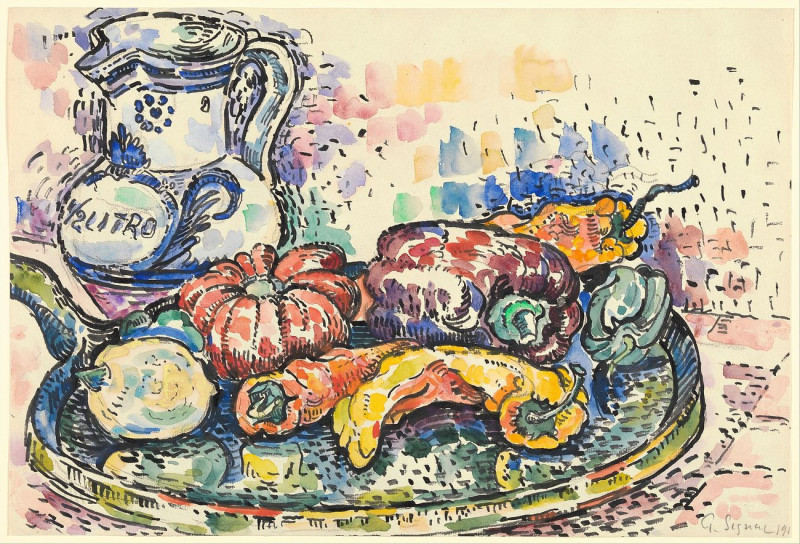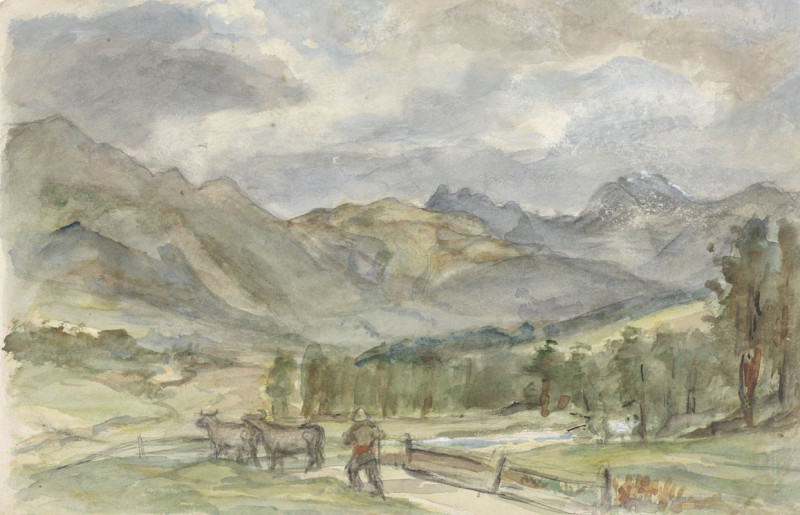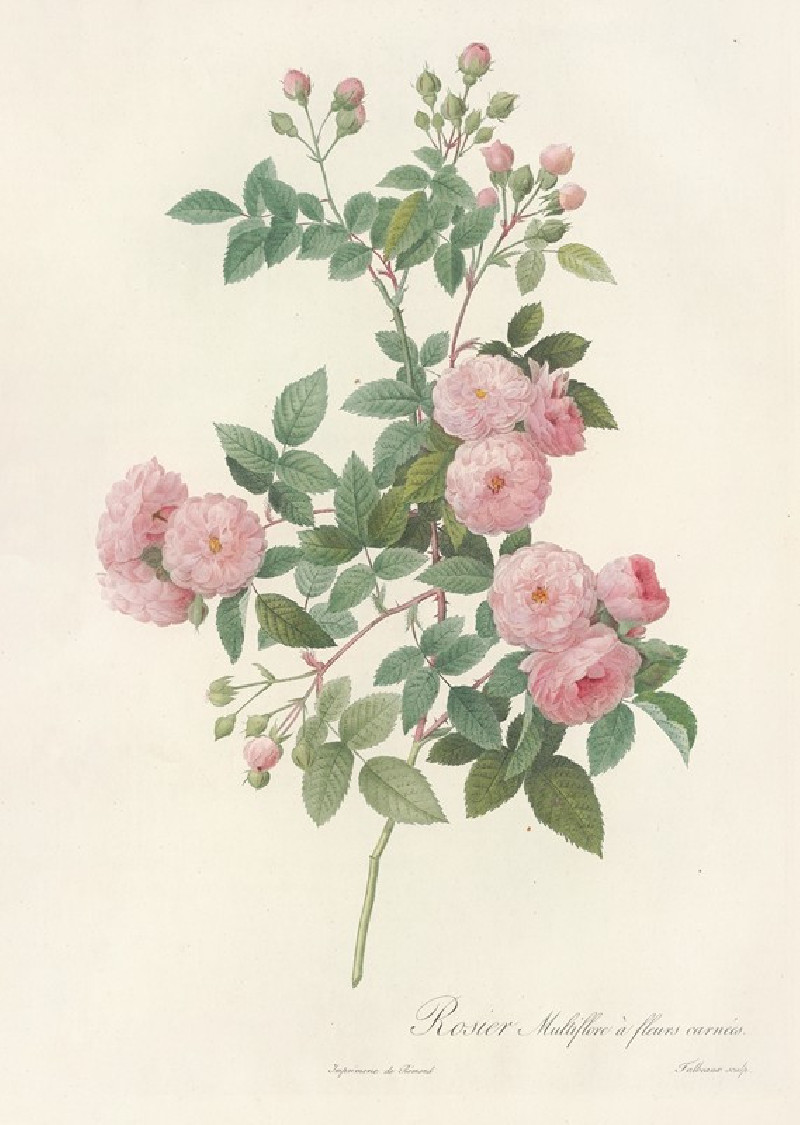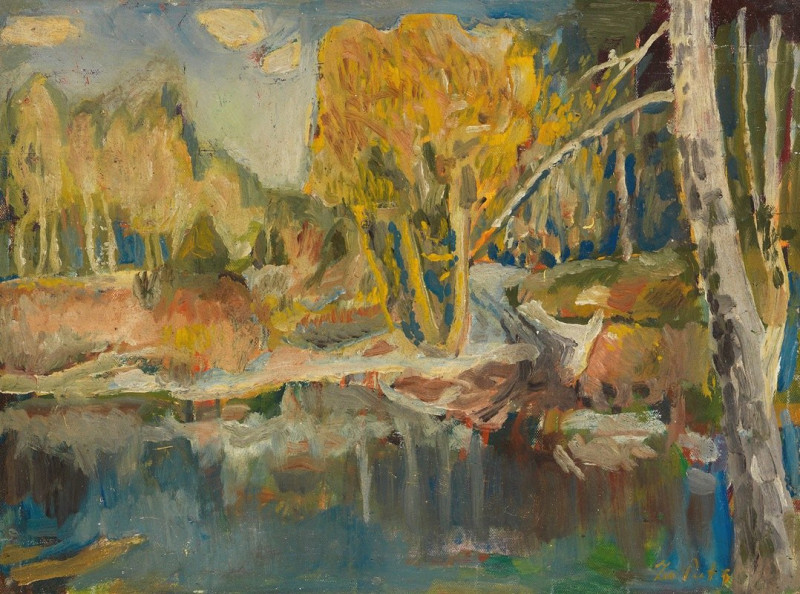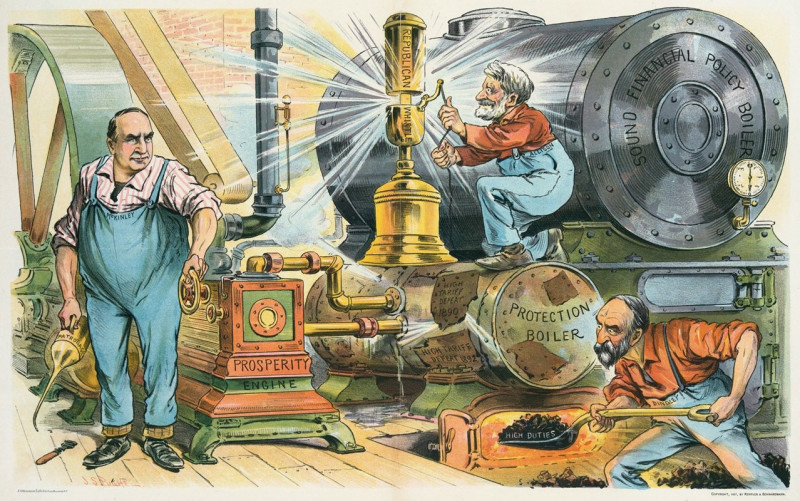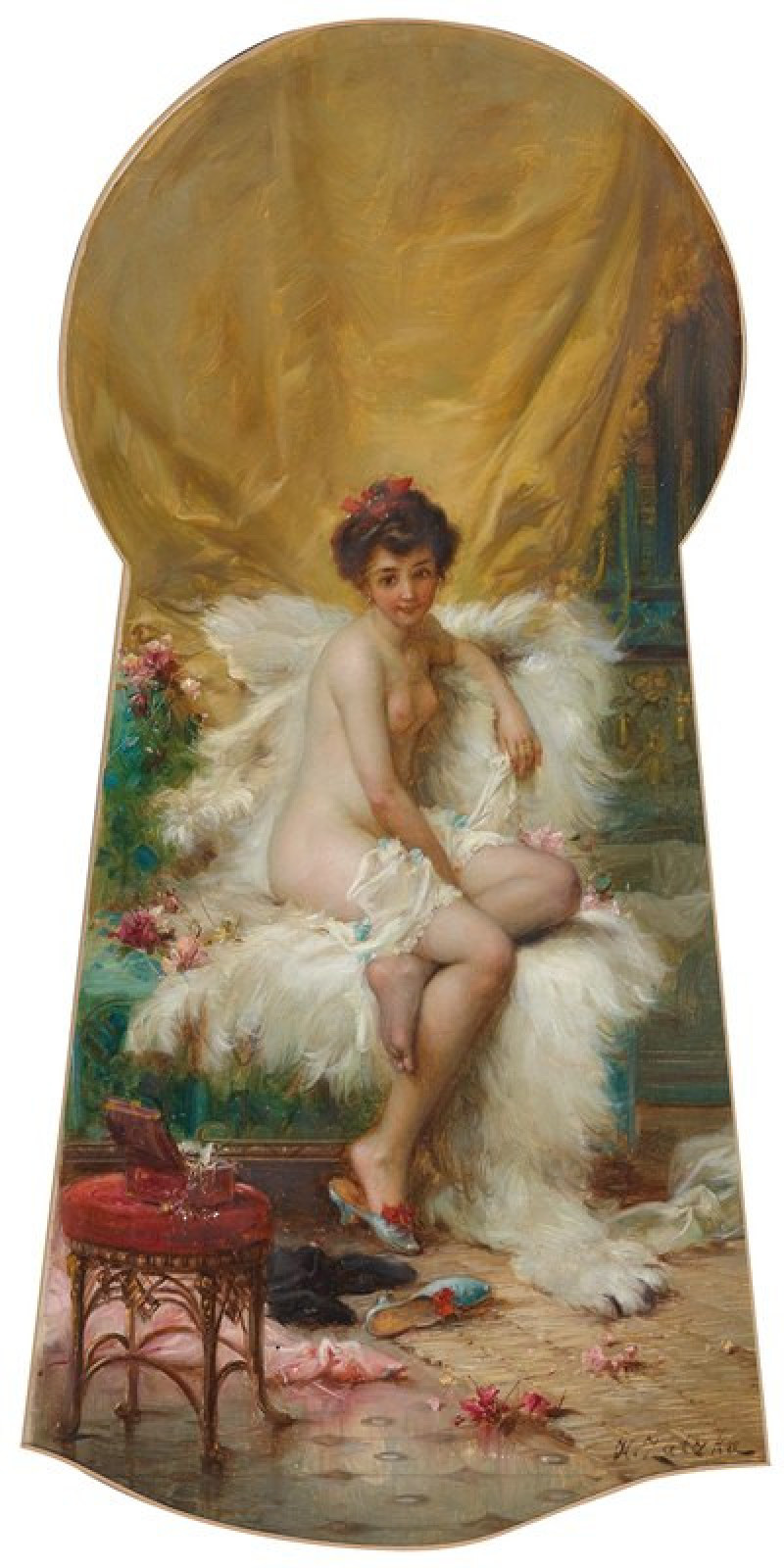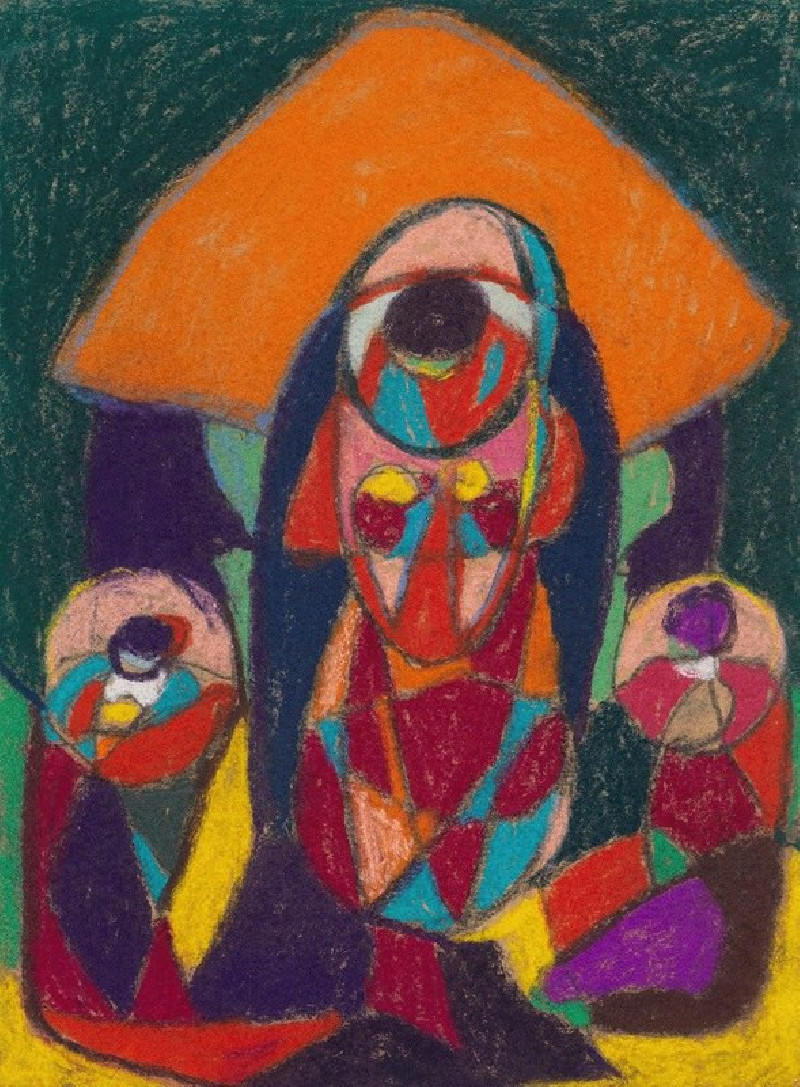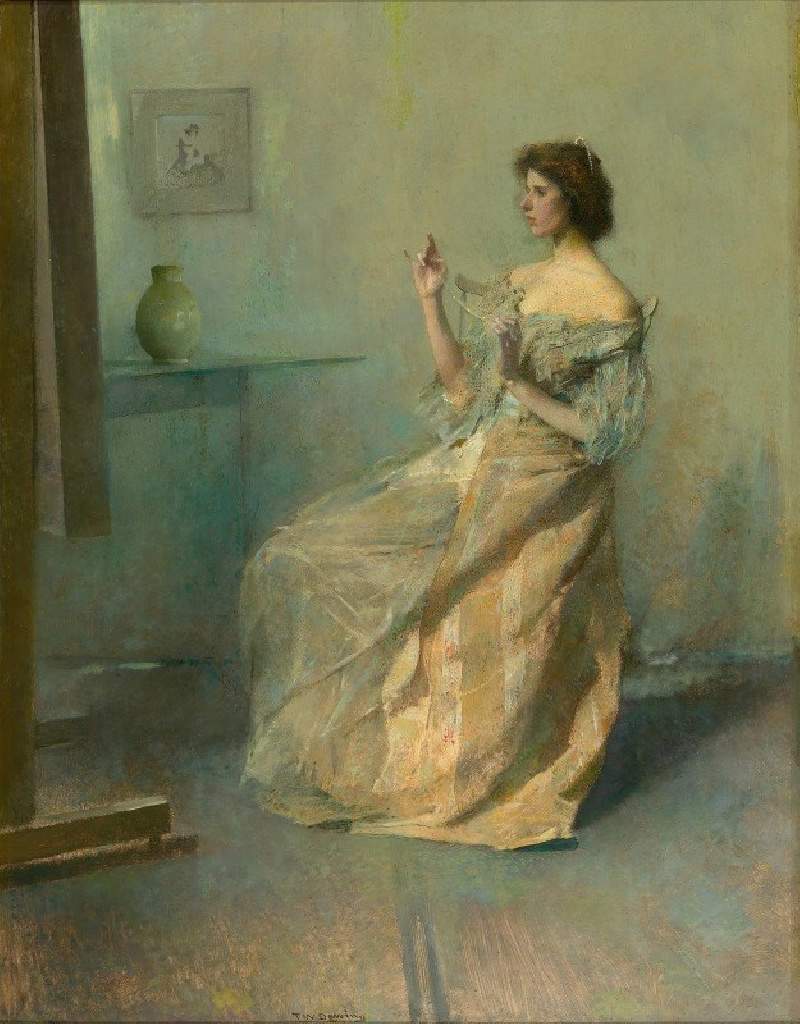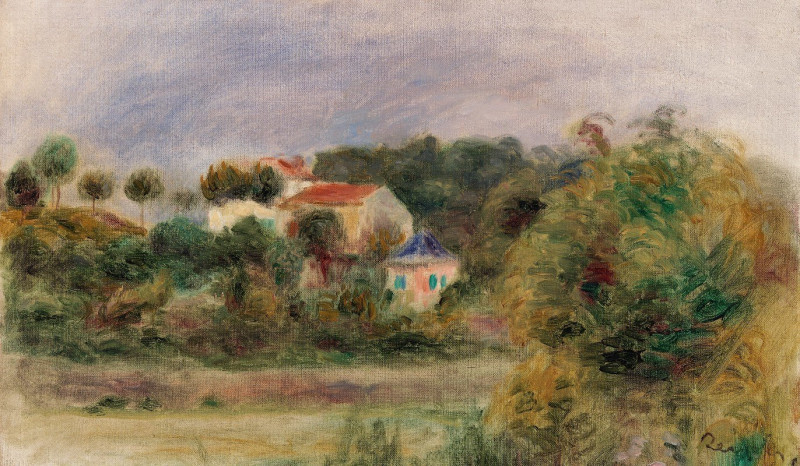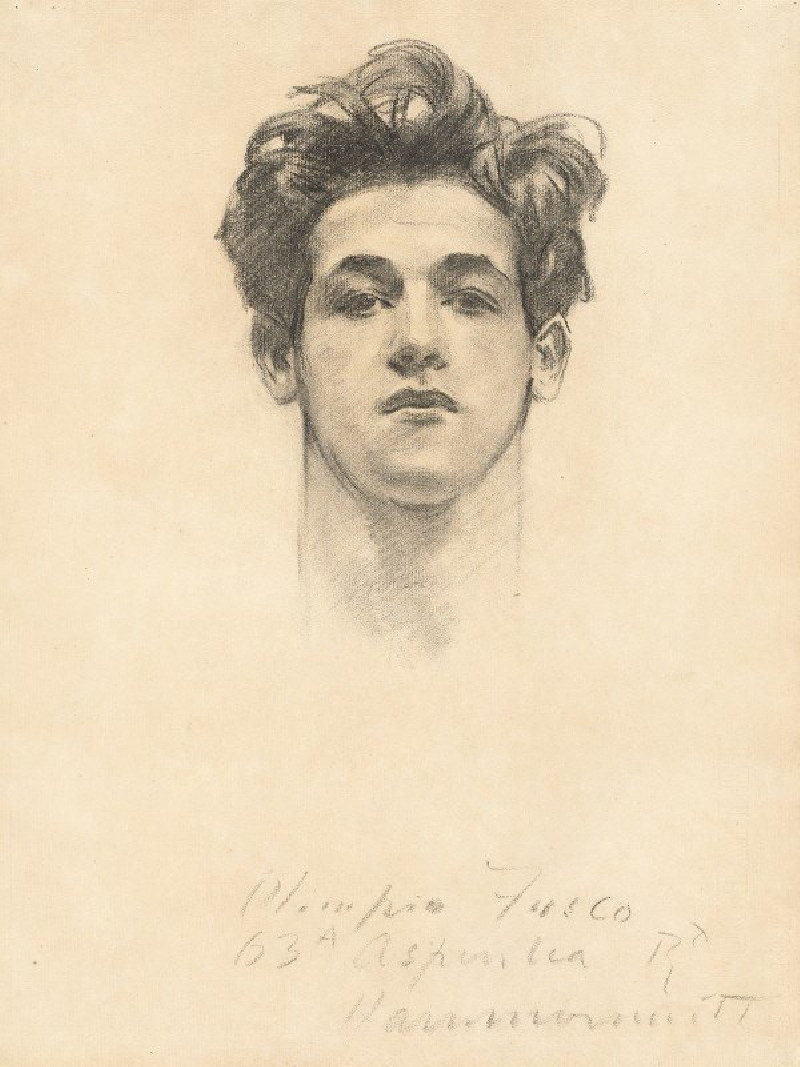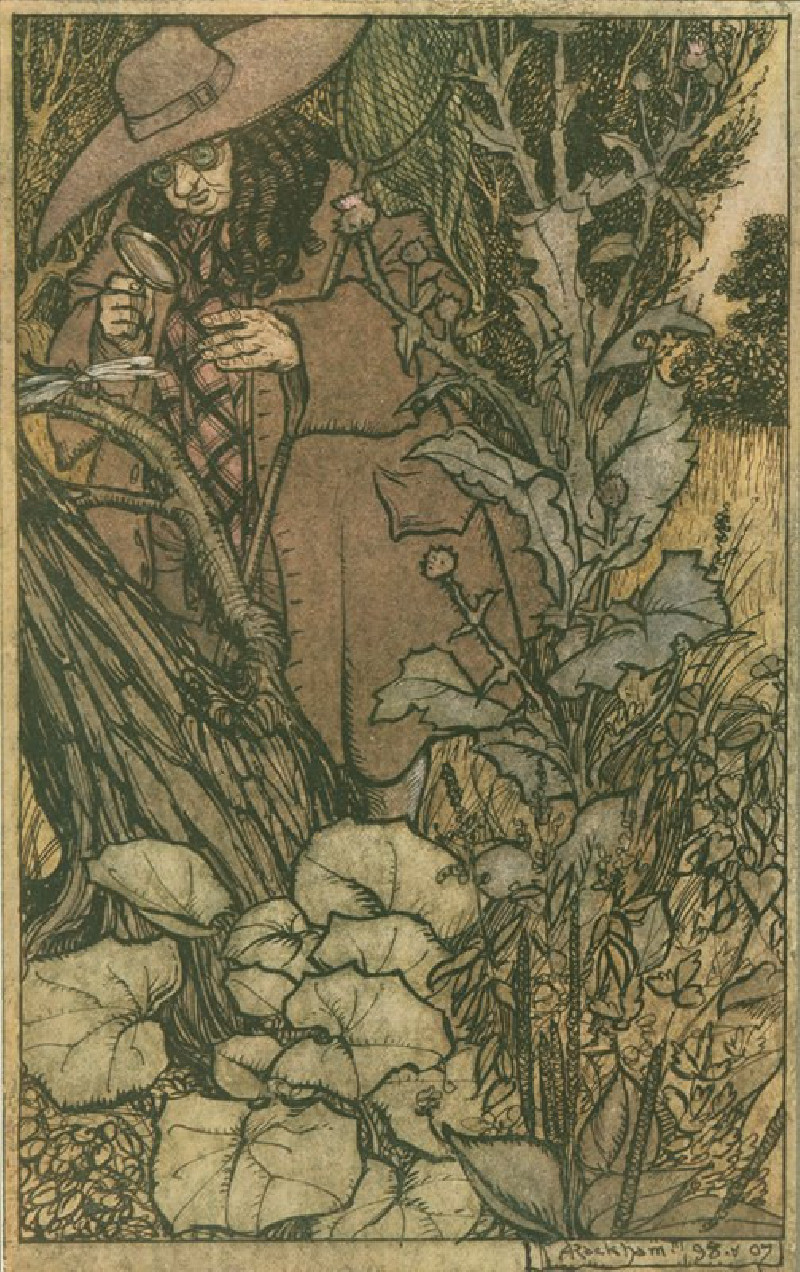Schweizer Bäuerin (Farmer’s Wife) (1927)
Technique: Giclée quality print
Recommended by our customers
More about this artwork
Ernst Ludwig Kirchner's "Schweizer Bäuerin" (Farmer’s Wife) from 1927 is a compelling example of the artist’s expressive style that vividly illustrates the European avant-garde movement of the early 20th century. This painting captures a female figure, presumably a farmer's wife, in a swirling composition of abstract forms and emotive colors.The figure in the painting is portrayed with exaggerated features and a dynamic, almost chaotic application of paint, which emphasizes her emotional state rather than her physical appearance. Her face is a mix of deep shadows and striking highlights, with bold lines depicting her eyes and mouth, conveying a sense of weariness or introspection. The choice of colors—muted purples and blues against a stark yellow background—adds to the overall emotional intensity of the piece, highlighting Kirchner’s interest in capturing the essence of his subjects through color and form.Kirchner’s approach in "Schweizer Bäuerin" reflects his ability to distill expressions and emotions, removing the literalness of his subjects to focus more deeply on their psychological state. This painting is not just a portrait of a woman but a deeply human exploration of identity and existence at its core, providing a window into the life and times of the subject through the lens of expressionist art.
Delivery
Returns
Ernst Ludwig Kirchner (1880–1938) was one of the most important German Expressionist painters. He was a co-founder of Die Brücke, a group of German expressionist artists formed in Dresden in 1905. Die Brücke and Kirchner took inspiration from Vincent Van Gogh and Edvard Munch, as well as African and Oceanic art. They used woodblock printing as a medium to showcase their signature style: flat, unrealistic images with vivid colors. The recurring themes in Kirchner's artworks included exotic cultures, faraway landscapes, self-portraits, dancers and Berlin street life. His paintings and prints effectively portrayed non-European cultures despite the fact that he never traveled outside of Europe.
































